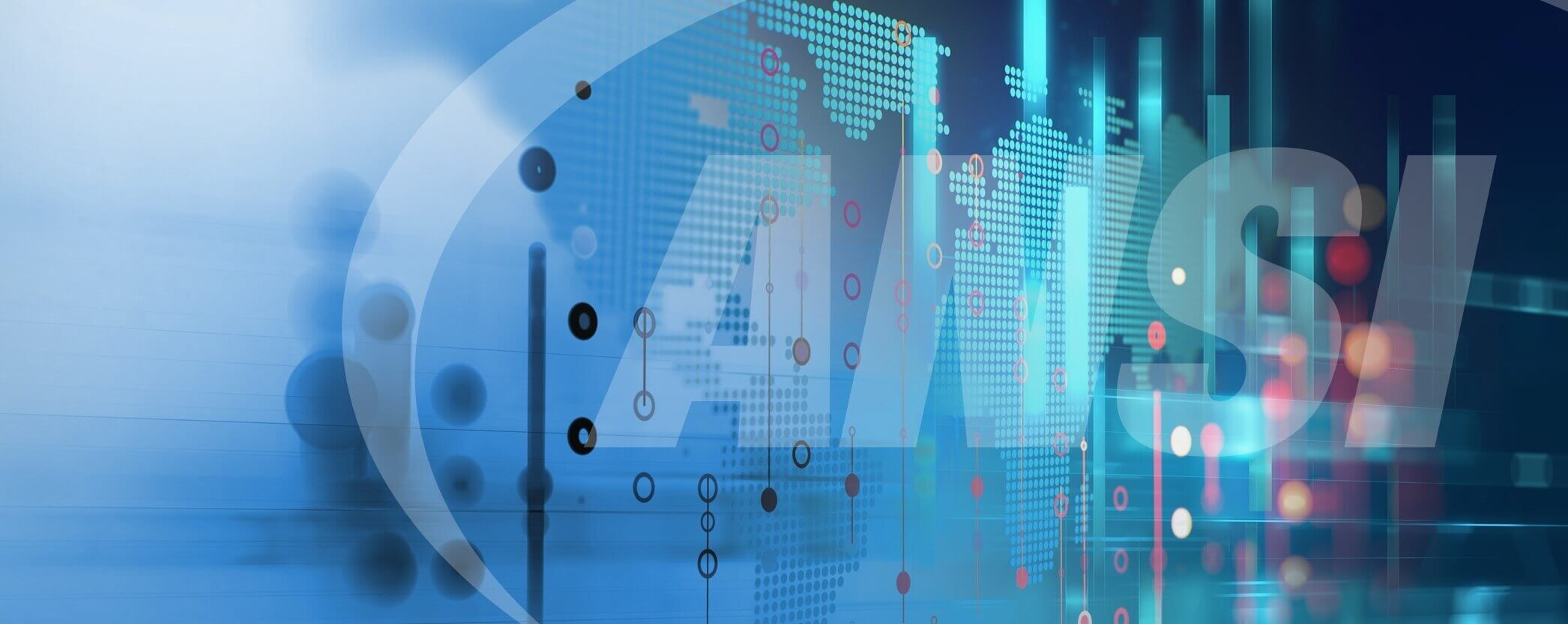
11/30/2020
While an archaeologist’s job may seem fascinating – and much of it is – many hours are spent behind the scenes doing detailed, time-consuming work, including categorizing thousands of photographs, examining many miles satellite images, and similar activities. In recent years, archaeologists have turned to deep learning to take over these more mundane tasks, with computer programs performing the work with impressive accuracy.
A recent article in The New York Times highlighted how archaeologists have been using this subset of artificial intelligence (AI) to further their work. The deep learning tools employ convolutional neural networks (C.N.N.s), a type of AI that analyzes information and processes it as a grid. It is useful in analyzing photographs, seeing an image as a grid of pixels and spotting matches or near-matches that it has been trained to detect. The Times article offers fascinating examples of this technology’s use across different sub-disciplines of archaeology:
Many members of the standards community have contributed to the development and use of artificial intelligence, both for deep learning and other applications. Some AI standards include:
The International Organization for Standardization (ISO) and the IEC have a joint technical committee (JTC) subcommittee that provides guidance to JTC, IEC, and ISO committees developing AI applications for their specific industry sectors. The American National Standards Institute (ANSI) serves as the secretariat to ISO/IEC JTC 1, Information technology, SC 42, Artificial intelligence. As many aspects of AI rely on large data sets to accomplish their work – including neural networks – relevant work that supports AI includes the ISO/IEC 20547 series on big data reference architectures. While SC 42 developed parts 1, 2, 3, and 5, part 4 was developed by SC 27, which focuses on information security, cybersecurity and privacy protection.
Another SC 42 document, ISO/IEC TR 24028 Information technology — Artificial intelligence — Overview of trustworthiness in artificial intelligence, addresses trustworthiness in AI systems.
The Consumer Technology Association (CTA) published “Use Cases in Artificial Intelligence,” a paper highlighting the ways AI is used in health care, security, content creation, digital assistants, and other areas.
The National Institute for Standards and Technology (NIST) is involved in the AI standardization space, as well. NIST director and undersecretary of commerce for standards and technology Walter Copan serves on the White House Select Committee on Artificial Intelligence, and Charles Romine, director of NIST’s Information Technology Laboratory, serves on the Machine Learning and AI Subcommittee.
When it comes to C.N.N.s in particular, involvement from the standards community is growing:
Standards also offer many contributions to other technologies that make deep learning’s use in archeology possible. Aerial images that are being analyzed by C.N.N.s are collected by drones and satellites, both with the support of the standards community. The ANSI Unmanned Aircraft Systems Standardization Collaborative (UASSC) strives to coordinate and accelerate the development of the standards and conformity assessment programs needed to facilitate the safe integration of drones into the U.S. national airspace system. The UASSC released version 1.0 of its standardization roadmap in December 2018, and version 2.0 in June 2020. ISO 19389:2014, Space Data and Information Transfer Systems – Conjunction Data Message, is a standard supporting information sharing between satellite owner/operators and Conjunction Assessment (CAs) to help avoid collisions among satellites. It was developed by ISO TC 20/SC 13, Space data and information transfer systems. ANSI is the secretariat of this TC and SC, with SAE International serving as the U.S. Technical Advisory Group (TAG) administrator to TC 20 and ASRC Federal as TAG Administrator to SC 13.
To learn more about how C.N.N.s are supporting the work of archeologists, read The New York Times article: How Archaeologists Are Using Deep Learning to Dig Deeper.